
Elias Magnus Fries was a Swedish mycologist and botanist. He is sometimes called the "Linnaeus of Mycology".

Chromosomal crossover, or crossing over, is the exchange of genetic material during sexual reproduction between two homologous chromosomes' non-sister chromatids that results in recombinant chromosomes. It is one of the final phases of genetic recombination, which occurs in the pachytene stage of prophase I of meiosis during a process called synapsis. Synapsis begins before the synaptonemal complex develops and is not completed until near the end of prophase I. Crossover usually occurs when matching regions on matching chromosomes break and then reconnect to the other chromosome.

George Ledyard Stebbins Jr. was an American botanist and geneticist who is widely regarded as one of the leading evolutionary biologists of the 20th century. Stebbins received his Ph.D. in botany from Harvard University in 1931. He went on to the University of California, Berkeley, where his work with E. B. Babcock on the genetic evolution of plant species, and his association with a group of evolutionary biologists known as the Bay Area Biosystematists, led him to develop a comprehensive synthesis of plant evolution incorporating genetics.
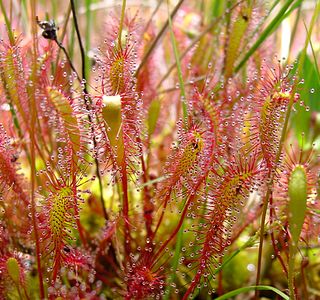
Drosera anglica, commonly known as the English sundew or great sundew, is a carnivorous flowering plant species belonging to the sundew family Droseraceae. It is a temperate species with a circumboreal range, although it does occur as far south as Japan, southern Europe, and the island of Kauai in Hawaii, where it grows as a tropical sundew. It is thought to originate from an amphidiploid hybrid of D. rotundifolia and D. linearis, meaning that a sterile hybrid between these two species doubled its chromosomes to produce fertile progeny which stabilized into the current D. anglica.
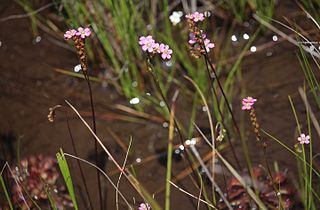
Drosera tokaiensis is a carnivorous plant native to Japan. It is considered to be a natural hybrid of Drosera rotundifolia and Drosera spatulata. These two parent species have 20 and 40 chromosomes, respectively, so recent hybrids between them are sterile, having 30 chromosomes, while the stabilized, fertile D. tokaiensis has 60. The species was previously thought to be a subspecies or variety of Drosera spatulata. It is often mistaken for D. spatulata in cultivation.
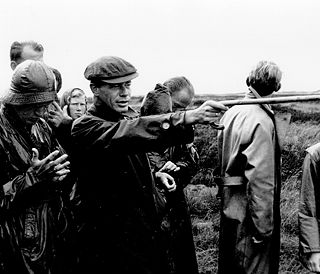
Tyge Wittrock Böcher was a Danish botanist, evolutionary biologist, plant ecologist and phytogeographer.

Irene Manton, FRS FLS was a British botanist who was Professor of Botany at the University of Leeds. She was noted for study of ferns and algae.
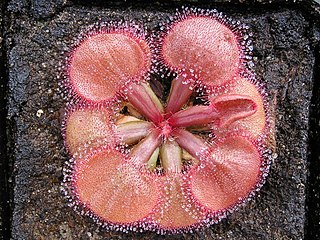
Drosera falconeri is a carnivorous plant in the genus Drosera. It is endemic to the Northern Territory of Australia.
Otto Gunnar Elias Erdtman was a Swedish botanist and pioneer in palynology. With the publication of his 1921 thesis in German, pollen analysis became known outside Scandinavia. Erdtman systematically studied pollen morphology and developed the method of acetolysis in pollen studies. His handbook An introduction to pollen analysis was instrumental in the development of the discipline. In 1948, he created the palynological laboratory at the Swedish Museum of Natural History in Stockholm. He headed the laboratory until 1971, from 1954 with the title of professor.
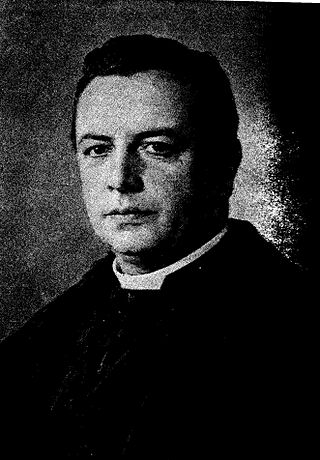
Frans Alfons Ignace Maria Janssens was Catholic priest and the discoverer of crossing-over of genes during meiosis, which he called "chiasmatypie". His work was continued by the Nobel Prize winner Thomas Hunt Morgan to develop the theory of genetic linkage.
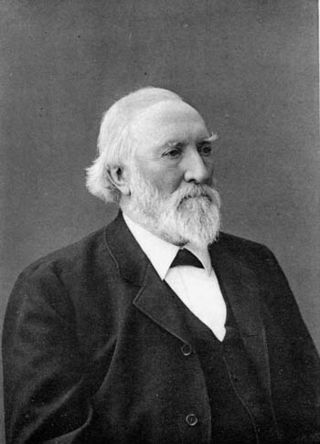
Theodor "Thore" Magnus Fries, was a Swedish botanist, lichenologist, and Arctic explorer. He was the son of the mycologist Elias Fries.
Robert Almer Harper was an American botanist.
Theodor Rudolph Joseph Nitschke was a German botanist and mycologist. He received his education in Breslau, obtaining his PhD in 1858. In 1860 he relocated to Münster, where in 1867 he was named professor of botany at the university, also serving as director of the botanical academy and botanical garden.
Björn Gustaf Oscar Floderus was a Swedish physician and botanist, specializing in the willow genus Salix. He was the son of educator Manfred Mustafa Floderus (1832–1909).

Lowell Fitz Randolph was an American scientist, in the field of genetics, botany and horticulture. He was a Cornell University graduate who became Professor of Botany and was also employed as an associate cytologist for the United States Department of Agriculture. He was also an avid iris collector and wrote a book on the Iris genus. He carried out important research into plant chromosomes of iris, orchid genus and corn plants. He was sometimes known as "Fitz" by his many friends and associates.
Syed Hedayetullah is considered a main architect of agriculture in Bangladesh, was a founding fellow of the Bangladesh Academy of Sciences, founder principal of Agriculture College, Dhaka (1944–49), and Director of Agriculture, Government of East Pakistan (1949–56) and member of the founding committee of the Botanical Society of Bengal (1935). He is credited with establishing modern Bangladeshi agriculture and food self-sufficiency, having developed 60 superior strains of rice.
Hally Delilia Mary Jolivette Sax, was an American botanist known for her work on the chromosomal structure of plant species and how it is affected by radiation and other mutagens.
Holocentric chromosomes are chromosomes that possess multiple kinetochores along their length rather than the single centromere typical of other chromosomes. They were first described in cytogenetic experiments in 1935. Since this first observation, the term holocentric chromosome has referred to chromosomes that: i) lack the primary constriction corresponding to the centromere observed in monocentric chromosomes; and ii) possess multiple kinetochores dispersed along the entire chromosomal axis, such that microtubules bind to the chromosome along its entire length and move broadside to the pole from the metaphase plate. Holocentric chromosomes are also termed holokinetic, because, during cell division, the sister chromatids move apart in parallel and do not form the classical V-shaped figures typical of monocentric chromosomes.
Lettice Digby was a British cytologist, botanist and malacologist. Her work provided the first demonstration that a fertile polyploid hybrid had formed between two cultivated plant species.

Samuel Liljeblad was a Swedish botanist and economist. At school in Vimmerby and at Linköping's Gymnasium, Liljeblad studied natural history. He became an avid plant collector encouraged by, among others, a physician in Linköping, Johan Otto Hagström (1716–1792), who was one of the Apostles of Linnaeus. Liljeblad matriculated in 1782 at Uppsala University, majored in economics, and graduated there with a master's degree in 1788.












